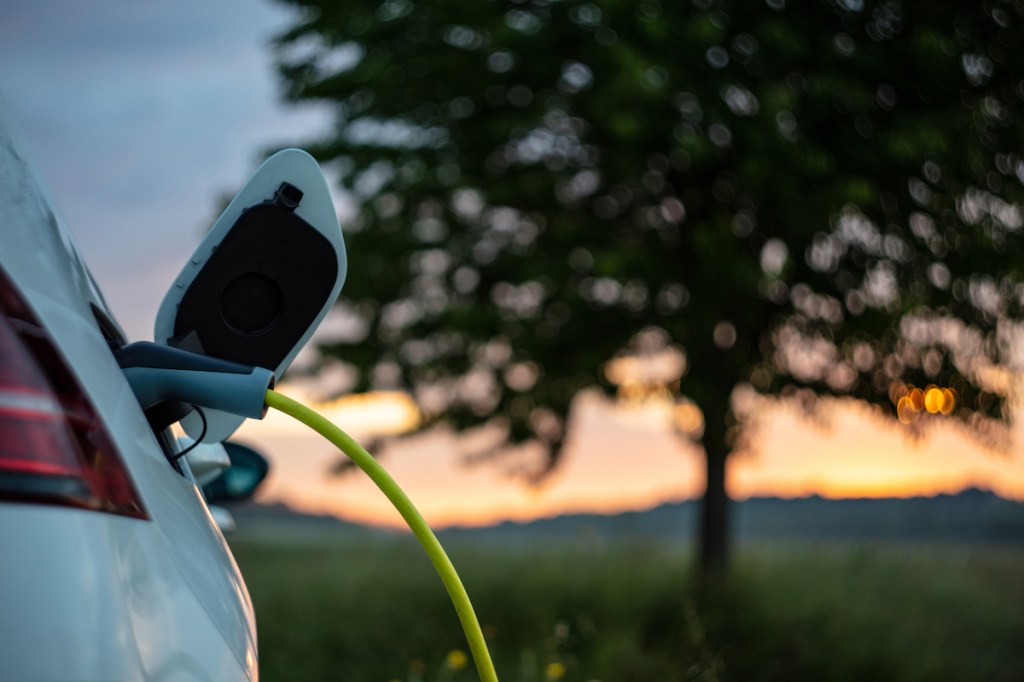According to the Electric Vehicle Council’s Industry Recap 2022, electric vehicle (EV) sales increased by 86 per cent last year, making up 3.8 per cent of all new car sales.
The report revealed Australia is tracking to soon pass the 100,000 milestone with an estimated 83,000 EVs currently on the road.
Behyad Jafari, Chief Executive of the EVC, said that despite good progress, now is not the time for complacency as uptake is still behind the government’s emissions targets.
“If you think you’re seeing more EVs on the road than you used to, you’re right, but if we want to hit our national emissions targets we won’t make it on this current trajectory.
“To achieve the federal government’s emission target we’ll need a near fully zero-emission vehicle fleet by 2050. To stay on track, that means reaching one million EVs by 2027 and around three million by 2030,” Jafari said.
Jafari said hitting these milestones would be possible only with the federal government’s support and is calling for an ambitious fuel efficiency standard to be introduced in 2023.
“Australians are early adaptors by nature, we care about our environment, and we don’t want to rely on foreign oil. There is no reason for us to continue to lag the world on EV take up.
“The enthusiasm is there in abundance, we just need our governments to continue the policy reform that makes it easy to transition away from the exhaust pipe,” said Jafari.
The report also revealed that of the 83,000 EVs in Australia, 79 per cent are battery electric vehicles (BEVs), and 21 per cent are plug-in hybrids (PHEVs).
Chargers are also more readily available, with public chargers increasing from 3,413 in 2021 to 4,943 in 2022 and fast chargers rising from 231 to 365 in the same timeframe.
To stay up to date on the latest industry headlines, sign up to the C&I e-newsletter.

